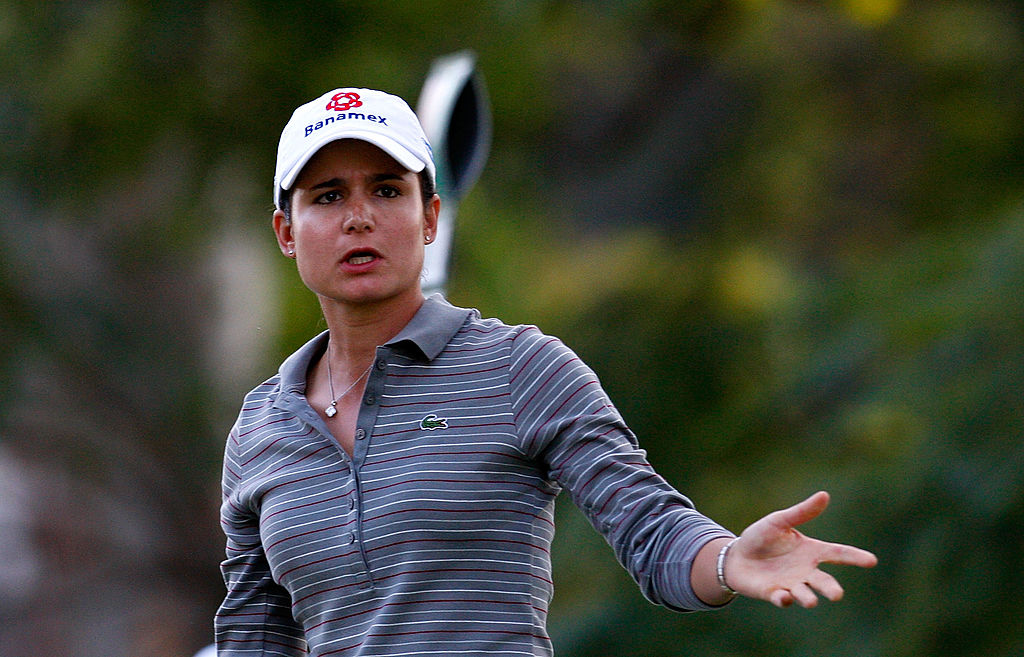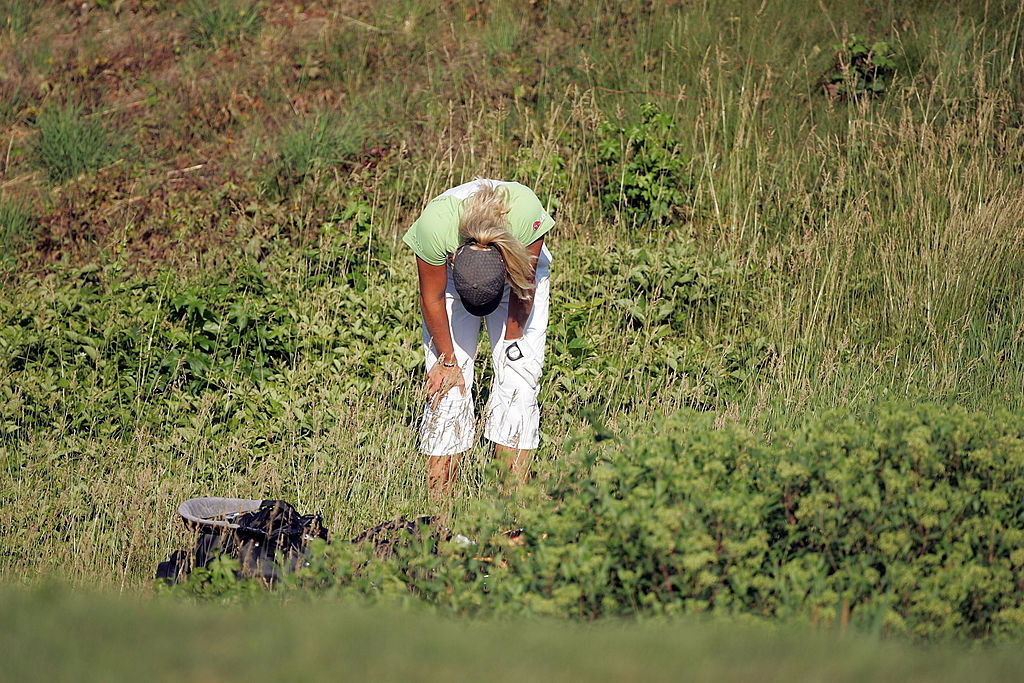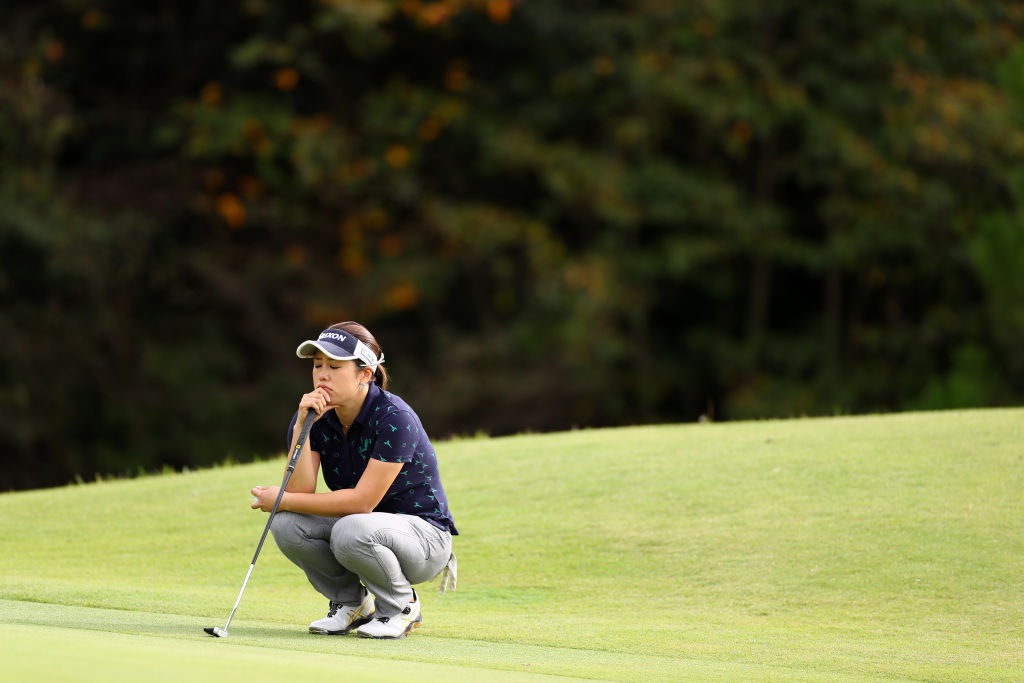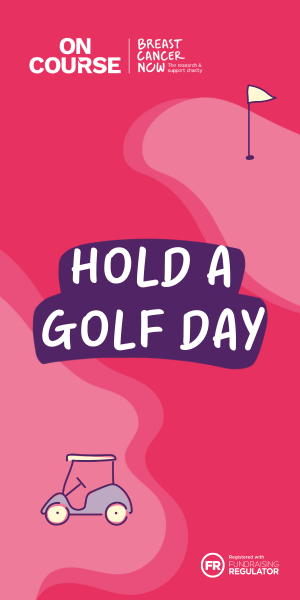Stress-free golf is something that many of us would love to achieve, and performance coach Dr. Kitrina Douglas explains how progressive muscular relaxation can help.
Stress, or the lack of a peaceful state of mind and body, can be brought on by many things. It can be a car alarm that never ceases or a mobile telephone going off, but for many golfers, strangely, it’s playing golf!
While it’s true that the majority of golfers play golf for fun, mixed in with the fun there is frequently a good deal of anxiety, stress and worry. Of course, all our worries and concerns are about inconsequential little things.
However, as we are symbolic beings, little things are important in our lives. Most of us don’t want to look stupid when we hit off the first tee and we don’t want to lose a lot of golf balls or the match either.
For many of us, a degree of anticipation, excitement and tension is equated positively and it's what makes many individuals feel alive and ready for action. In contrast, for others, the initial excitement can quickly move to feelings and thoughts that are unpleasant, and in a golf scenario, detrimental to performance.

Controlling stress levels
One activity that many sports people find helpful, when stress levels appears to be rising and thoughts undermine confidence, is a technique called ‘progressive muscular relaxation’ (PMR).
It acts as an aid to realign the body and mind, minimise anxiety and provide an enhanced state of control. I wouldn’t really advise anyone to be too relaxed on the golf course, but nor would I say one has to be tense. We want a degree of balance, to be ready but not rigid.
PMR enables many individuals to remain in a ready state when anxiety and stress are creeping closer.
Firstly, by focussing your mind on your body it takes your thoughts away from possible distractions. So, for example, if you are about to got to the first tee and have concerns for being watched on the tee, for a particular shot or hold, perhaps an opponent you fear, it could be that your mind is consumed by these thoughts and in turn, the thoughts create tension.
PMR doesn’t stop you thinking about the shot or opponent directly, but rather, it gives you something important to do with your mind and body. The by-product is that your mind will have been re-directed onto something that is not destructive and undermining to your confidence before going to the tee.
Secondly, it will help connect your body with your mind because you consciously consider each area of your body in a progressive way attending to your breathing and your muscles, tensing and releasing, as you go. In golf, it is vital that we ‘feel’ our bodies in a co-ordinated and ready to move way because swinging a golf club involves all of your body. We are not machines, but organic, creative and responsive being, so if there is a part of you when is too tense it tends to affect the whole body and therefore the whole swing will become a little stilted.

The progressive muscular relaxation method
Try the following technique at home first and then at the club, maybe before you go to the first tee.
Step one
Find a quiet area and a comfortable chair. Sit upright in the chair with your back supported but not stiff, and places your hands palms down on your thighs and the soles of your feet firmly on the floor.
Step two
Close your eyes and begin to become more aware of your breathing. Note how long it takes you to breathe in and how long to exhale. Notice how long you hold your breath before you release it.
Now, begin to lower the rate of our breathing by taking in slightly slower, fuller intakes of air. Be aware of how and where your body is moving as you inhale. Continue slowly filling your lungs to a comfortably full position and then pausing, holding your breath momentarily, and then once again very slowly.
Step three
Now we are going to begin to tense your muscles progressively moving from one area to the next very slowly. So, starting with your toes, fee and lower legs, contract the muscules tightly to tense this area of your body, after holding for ten seconds in a stiff, contracted position release and relax them. Feel like you are ‘letting go’. Allow each area to feel heavy once you have stopped tensing.
Continue tensing and relaxing each part of your body gradually moving up. Next contract your knees, thighs and bottom, follow with abdominals and back, then shoulders, chest and neck, then arms and hands and finally face and head. During the whole process continue to control your breathing.
There is no set amount of time that you should do this for. I know actors who use a ‘short’ version and other sports people a longer version. The point is, make it work for you, therefore some adjustment should be expected.

About Dr. Kitrina Douglas
Kitrina is a qualified NCF Coach and PGA professional. She also has an Honours degree in exercise and sports science and a PhD from Bristol University.
Currently a professor at Leeds Becket University, her golf career saw her win at every level. Her achievements include representing GB&I in the Curtis Cup, 10 professional wins and being part of the of the first winning European Solheim Cup Team in to defeat the USA in 1992.















